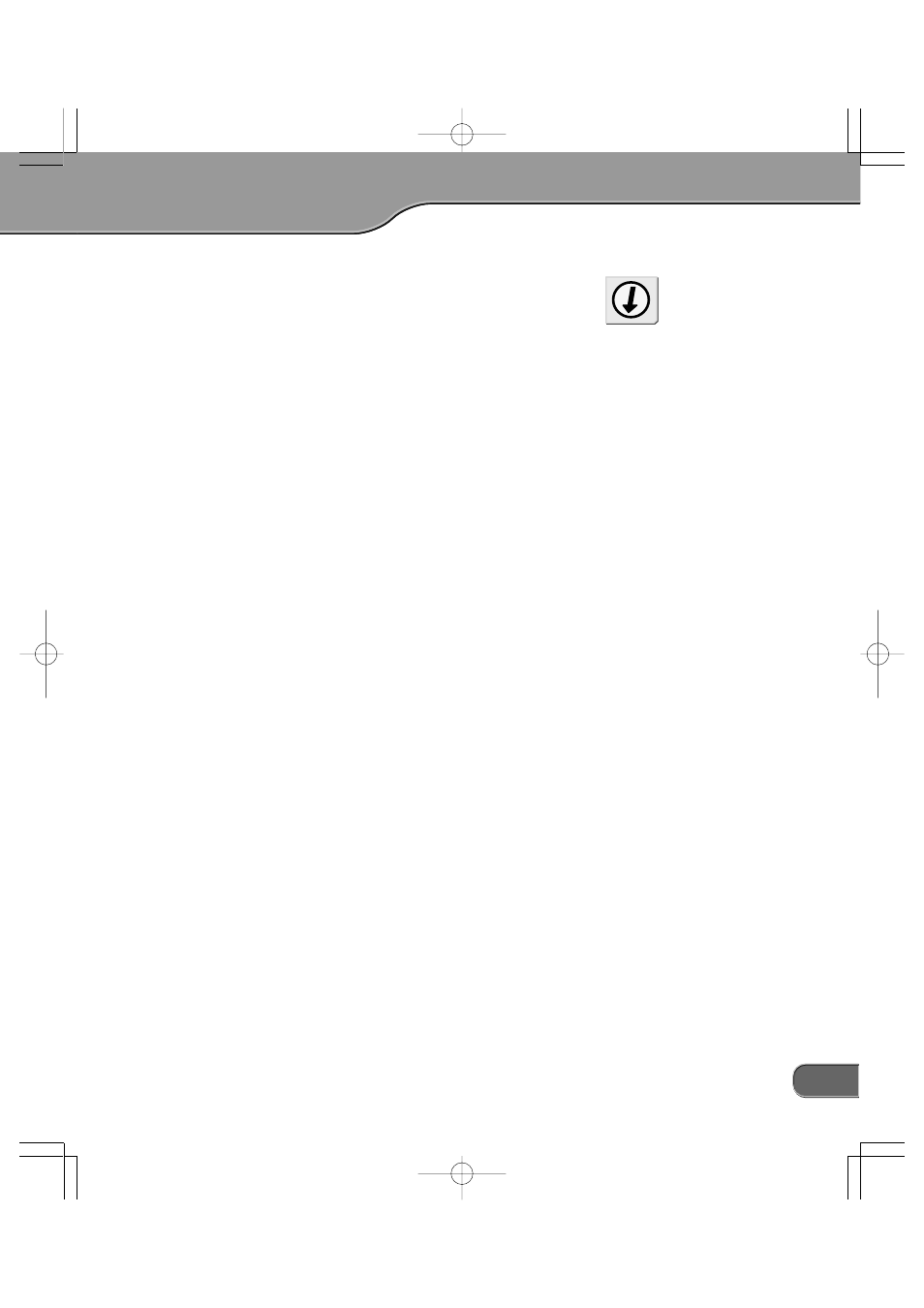Grass Valley ADVC-300 User Manual
Page 39

39
• 3D Noise Reduction
Removes noise from each of the luminance (Y) and chrominance
(C) signals after comparing the current frame with the previous one.
[Y Signal]
Allows you to set the noise reduction level for the luminance (Y)
signal.
[C Signal]
Allows you to set the noise reduction level for the chrominance
(C) signal.
• 2D Noise Reduction
Removes noise by blurring the entire image uniformly by using the
built-in filter.
[Y Signal]
Allows you to set the noise reduction level for the luminance (Y)
signal.
[C Signal]
Allows you to set the noise reduction level for the chrominance
(C) signal.
• 3D Y/C Separation
[Motion Detection]
Allows you to adjust the sensitivity of the Motion Detection cir-
cuit when [Y/C Separation 3D] has been selected.
Digital 3D Y/C separation
The composite signal is a mix of the lu-
minance (Y) and chrominance (C) sig-
nals. To compress the composite signal
to the DV format, the luminance (Y) and
chrominance (C) signals needs to be
separated each other. For doing this
separation, two methods are available.
• 2D Y/C separation
In this method, Y/C signals are sepa-
rated using the vertical relationship of
a dot. Although this method produces
color noise when a dot has little rela-
tionship with the upper and lower dots
such as the case of a slanted white line
on the black background, it is widely
accepted recent years because this
method can work with a higher resolu-
tion screen.
• 3D Y/C separation
In this method, Y/C signals are sepa-
rated based on the time relationship
of dots displayed at the same spot. This
method enables you to obtain the
highest quality of image among the
available methods today. In this
method, still pictures, which have
strong relationship in the time axis, are
processed using the time axis, and mo-
tion pictures, which have weak rela-
tionship in the time axis, are processed
using the relationship with the scan-
ning lines above and below (2 dimen-
sions.). This method requires a digital
frame buffer and motion detection
mechanism.
Digital 3D Noise Reduction
In a conventional method, noise is re-
duced by lowering the frequency char-
acteristics for the entire picture (blurring)
in one or two-dimensions. This method
has a problem in affecting other parts
not containing noise. The digital 3D
noise reduction feature employed by
ADVC-300, however, removes noise
after detecting noise using the charac-
teristic of noise (noise has little relation
to others in the time axis), the advert
effect to the image is kept minimal.
* Because of the construction, it is not a
universal solution for all noises.
Tip
